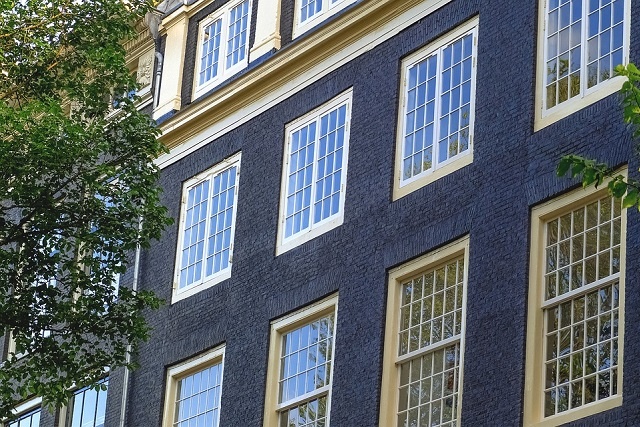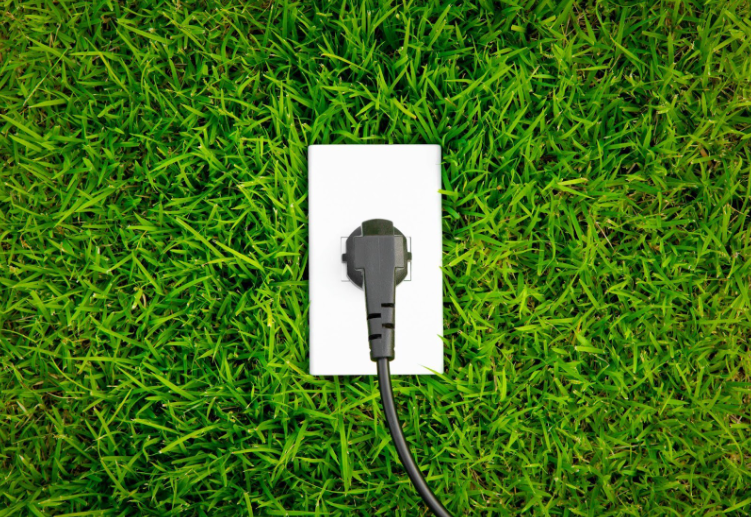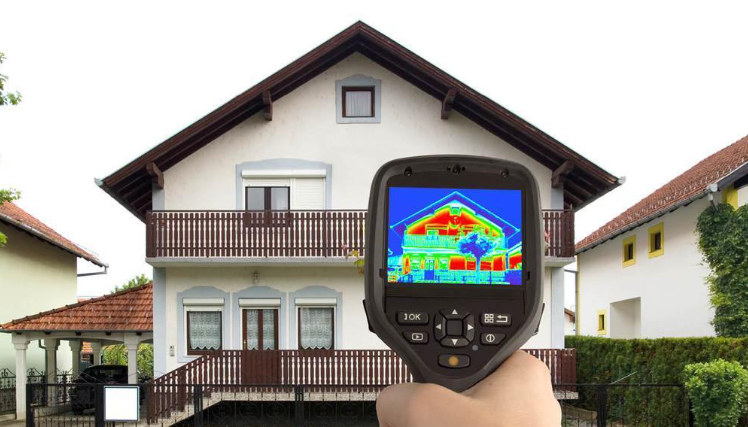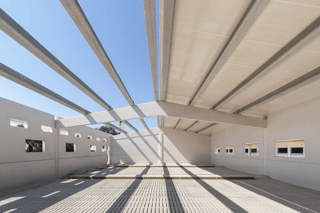Sprayed polyurethane foam is an ideal material for the thermoacoustic insulation of façades and dividing walls between dwellings. The insulating barrier manages to control the waves of sound that are annoying and that surround the building, both externally (as the noise of the street or aircraft) and internal (neighbors, furniture ...).
Phono Spray S-904 is a polyurethane system manufactured by Synthesia Technology suitable to improve the thermoacoustic insulation in buildings, thus complying with current noise protection regulations.

Phono improving-insulation-building-injecting-polyurethane-air-chamSpray S-904 polyurethane system
Phono Spray S-904 is a thermoacoustic polyurethane system made of two components: polyol and isocyanate. It doesn’t contain ozone depleting blowing agents. The system is applied in situ, obtaining thus low-density open-cell foams with good acoustic absorption properties.
There are many advantages of its use, such as
- Suppression of acoustic and thermal bridges.
- Good adhesion to the substrate.
- Ease of mobility, not having to transport or store bulky products as in the case of other insulation materials.
Application of the Phono Spray S-904 system
This system is applied by casting with high-pressure equipment, equipped with heating, with a mixing ratio of 1:1 in volume. Its main application is the improvement of thermoacoustic insulation against airborne noise in enclosures of buildings, both in partition walls between neighbours and exterior façades.
The recommended temperature in hoses is 30ºC to 50ºC depending on environmental conditions and the minimum recommended temperature of the substrate during injection is 5ºC.
The adhesion of the Phono Spray S-904 system is excellent to all the materials used in construction (concrete, ceramics, laminated gypsum, wood, etc.) provided they are clean, dry and free of dust and grease.
Phono Spray S-904 tests
Acoustic absorption tests
Sound absorption of the Phono Spray S-904 has been determined at different frequencies in reverberant chamber according to the UNE-EN 20354:1993 standard. The results obtained, as well as the sound absorption values of closed-cell polyurethane foam for thermal insulation, are as follows:
|
Frequency (Hz) |
Acoustic absorption coefficient |
|
|
Phono Spray S-904 |
Closed-cell PU |
|
|
125 |
0,20 |
0,12 |
|
250 |
0,40 |
0,18 |
|
500 |
0,80 |
0,27 |
|
1.000 |
0,60 |
0,19 |
|
2.000 |
0,40 |
0,62 |
|
4.000 |
0,50 |
0,22 |
|
NRC (noise transmission reduction coefficient) |
0,50 |
0,32 |
Acoustic insulation tests
The noise insulation tests to airbone noise of the Phono Spray S-904 have been carried out in accordance with UNE EN ISO 140-3:1995 regulation on vertical walls such as façades and partition walls between dwellings.
|
Façades |
Noise reduction rate UNE-EN ISO 140-3:1995 |
|
|
Ra (dBA) |
Rw(dB) |
|
|
Ceramic blocks section + 3.5 cm. Poliuretan S Spray |
46,7 |
47 (0-4) |
|
Ceramic blocks section + 3.5 cm. Poliuretan S Spray + 5 cm. Phono Spray S-904 + 10 cm. air gap + laminated gypsum13 mm. |
60,3 |
62 (-2-8) |
|
Partition between dwellings |
Noise reduction rate |
|
|
Ra (dBA) |
Rw(dB) |
|
|
Ceramic blocks section + 1.0 cm Poliuretan S Spray + 4.0 cm Phono Spray S 904 + Ceramic blocks section |
45,6 |
46 (-1;-5) |
In the following video you can watch how the Phono Spray S-904 is applied:











